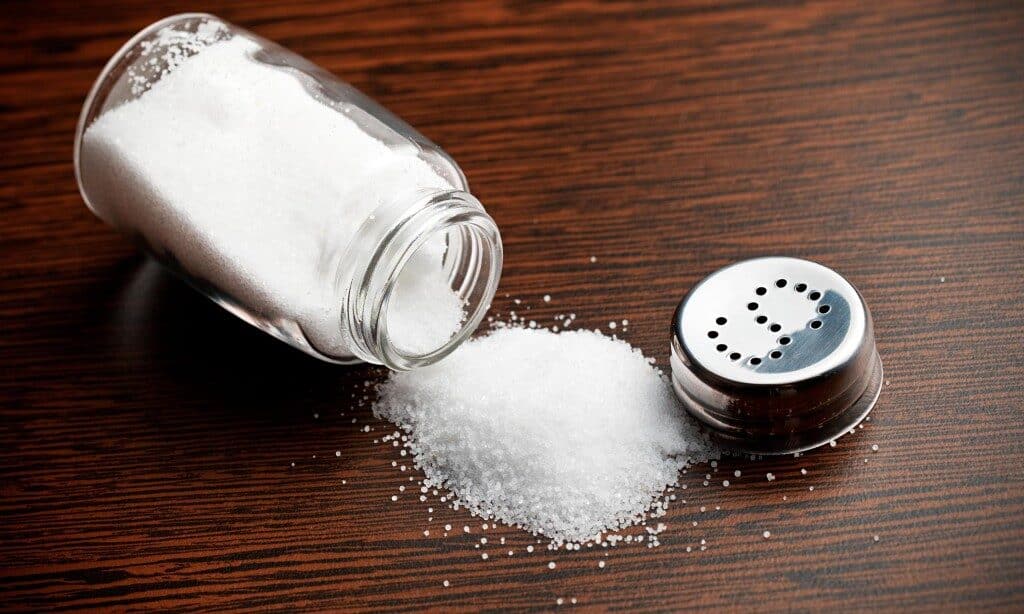
28 Aug More Herbs, Less Salt
Saturday, August 29 is “More Herbs, Less Salt Day.” It may sound silly, but it’s actually a great time to reassess how much salt you’re putting into your body.
Salt isn’t necessarily bad for you, but as with anything else, too much of it can lead negative consequences, like bloating due to water retention, hypertension, and heart disease.
A clever way to use less salt is to use more herbs. This way, you won’t sacrifice flavor blandness; instead, you might come out ahead with even tastier dishes!
Here’s how you can use more herbs and less salt.
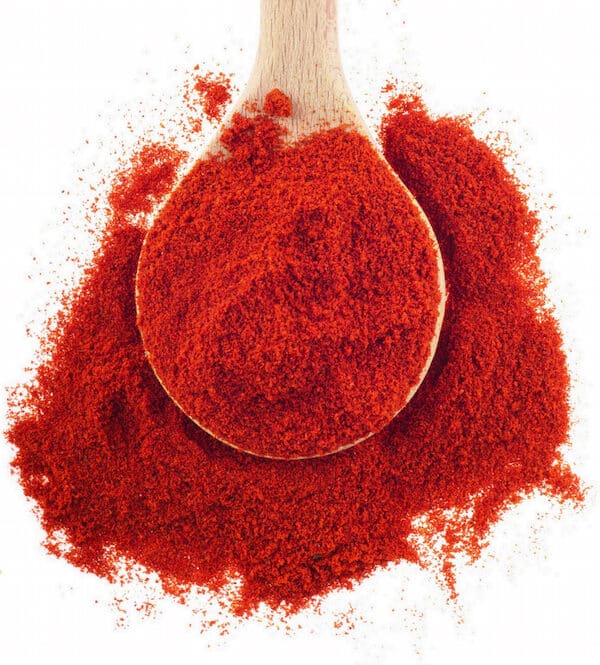
Seasonings
Garlic powder: Use in meats, poultry,fish, vegetables, salads, soups, and stews.
Nutmeg: Use in vegetables and meats.
Onion powder: Use in meats, poultry, seafood, soups, and salads.
Paprika: Use in meats, fish, poultry, and vegetables.
Saffron: Use in breads, snacks, soups, stews, poultry, seafood, sauces, and rice.
Cayenne pepper: Use in meats, poultry, stews, and sauces.
Chili powder: Use in meats, poultry, vegetable, fish and stews.
Cinnamon: Use in salads, vegetables, breads, and snacks.
Clove: Use in soups, salads, and vegetables.
Cumin: Use in meats and poultry.
Curry powder: Use in meats, shellfish, and vegetables.
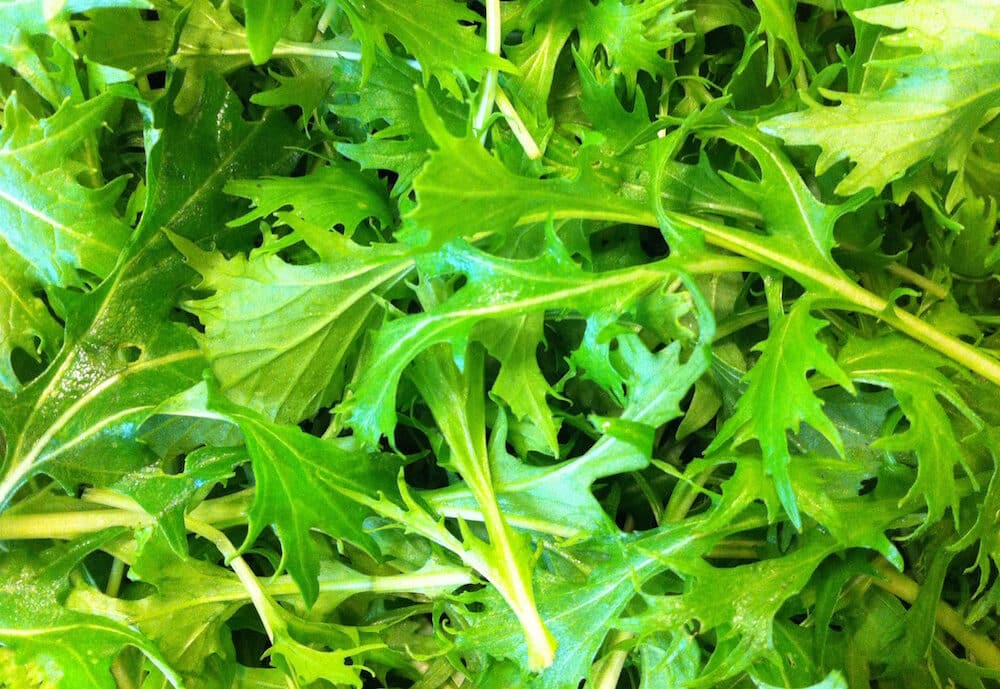
Fresh herbs
Basil: Use in soups, salads, vegetables, fish, and meats.
Cilantro: Use in meats, sauces, stews, and rice.
Dill: Use in fish, soups, salads, and vegetables.
Marjoram: Use in soups, salads, vegetables, beef, fish, and poultry.
Chives: Use in meats, poultry, seafood, soups, and salads.
Oregano: Use in soups, salads, vegetables, meats, and poultry.
Parsley: Use in salads, vegetables, fish, and meats.
Sage: Use in soups, salads, vegetables, meats, and poultry.
Thyme: Use in salads, vegetables, fish, and poultry.
The fresh herbs listed above can all be grown in an Urban Cultivator. Taking as little as a week for some of them, using more herbs and less salt to flavor your food can be a pinch.
Some other ways of incorporating the flavor of herbs in your food includes making infused oils, sauces, and simple syrups.
Check these recipes out below and test them out this weekend!
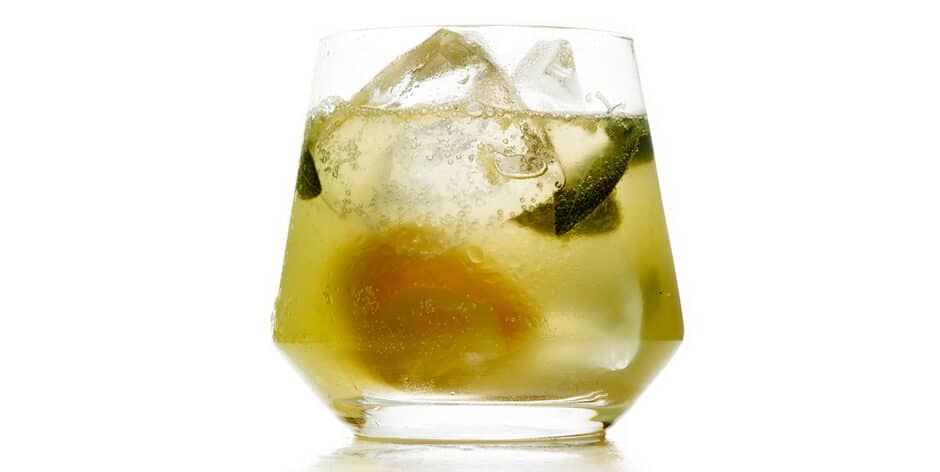
Salted Meyer Lemon And Sage Pressé
Recipe via Bon Appetit
Ingredients
1/4 cup fresh sage leaves
1/2 cup Simple Syrup (see Recipe Index)
1/2 tsp. kosher salt
1 12-oz. can club soda
2 quartered Meyer or regular lemons
Method
Muddle lemons, sage leaves, Simple Syrup, and salt in a pitcher. Just before serving, add club soda and stir to combine. Divide among 4 rocks glasses filled with ice.
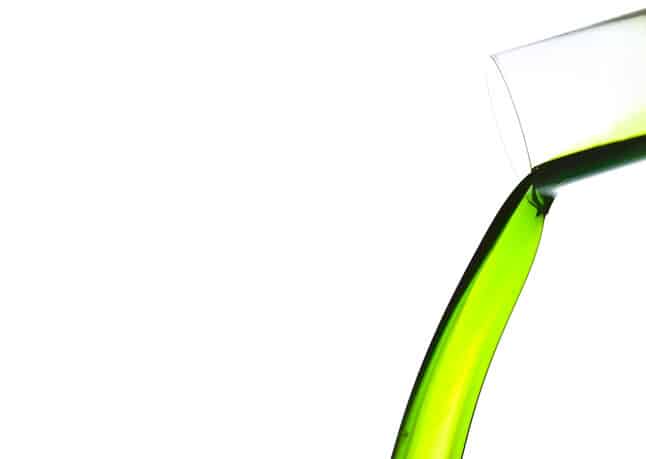
Chive oil
Recipe via Bon Appetit
Ingredients
3 bunches chives
1 1/2 cups grapeseed or vegetable oil
Method
Set a coffee filter in a sieve set over a heatproof measuring cup or bowl.
Purée chives and oil in a blender until well blended. Transfer to a small saucepan and cook over medium-high heat, stirring occasionally, until mixture is sizzling, about 3 minutes.
Remove chive oil from heat and strain though prepared sieve (do not press on solids or oil will be cloudy); let cool.
DO AHEAD: Chive oil can be made 1 week ahead. Cover and chill.
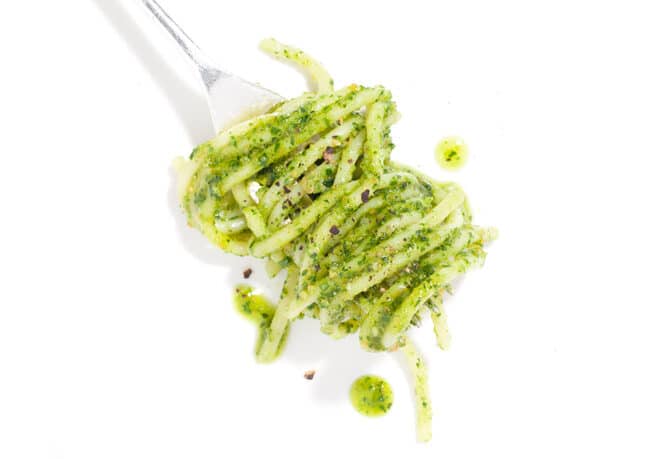
Spaghetti with Parsley Pesto
Recipe via Bon Appetit
Ingredients
1 pound spaghetti
Kosher salt
1/2 cup unsalted, roasted almonds
4 cups (packed) fresh flat-leaf parsley leaves
3/4 cup chopped fresh chives
3/4 cup extra-virgin olive oil
1/2 cup finely grated Parmesan
Freshly ground black pepper
Method
Cook pasta in a large pot of boiling salted water, stirring occasionally, until al dente. Drain, reserving 2 cups pasta cooking liquid.
Meanwhile, pulse almonds in a food processor until smooth. Add parsley, chives, oil, and Parmesan; process until smooth. Season pesto with salt and pepper.
Toss pasta and pesto in a large bowl, adding pasta cooking liquid by 1/4-cupfuls until saucy. Season with salt and pepper.
DO AHEAD: Pesto can be made 5 days ahead. Cover surface directly; chill.
Have some tips on how to eat less salt?
Hit us up in the comments section below!

